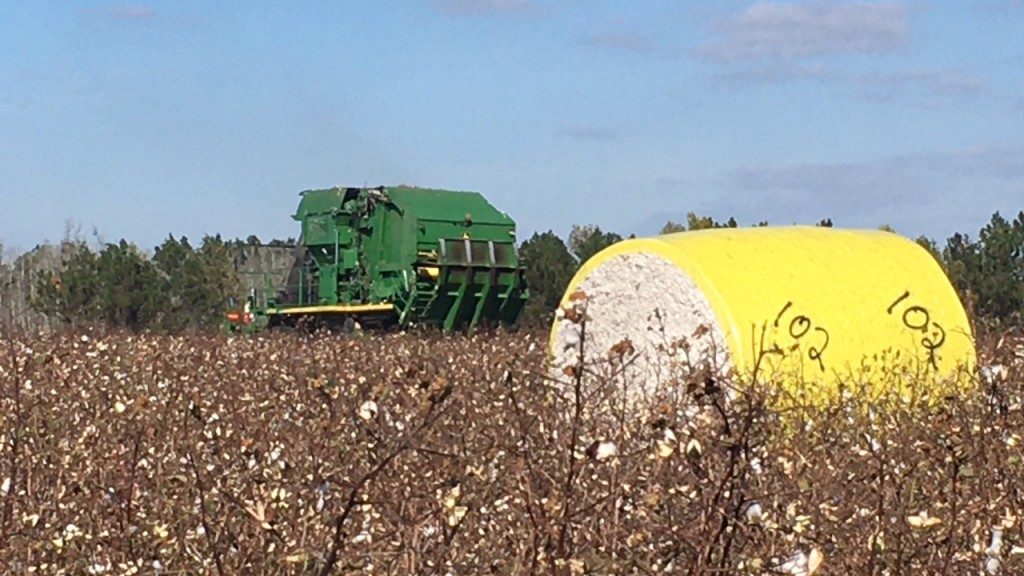Jeremy Kichler
-
Below is the new edition of the 2018 Peanut Rx. The Spotted Wilt Index and the Peanut Fungal Disease Risk Index were successfully combined in 2005 to produce the Peanut Disease Risk Index for peanut producers in the southeastern United States. The Peanut Disease Risk Index, developed by researchers and Extension specialists at the University…
-
Below is information on peanut varieties from Dr Scott Monfort, UGA peanut agronomist
Posted in: Peanuts -
It has been challenging time for wheat producers trying to control weeds. January was a cold month and February has been wet. The crop has progressed at a fast rate and growers need to monitor the stage of development of the crop before the application of herbicides. Area wheat fields, at this point in time,…
Posted in: Uncategorized -
Cotton weed control can be a challenge during the production year. Below is information on UGA cotton weed control programs for Roundup Ready, Liberty, dicamba and 2,4d technology. Residual herbicides are the foundation for these herbicide programs regardless of technology. This publication include suggestions for residual herbicides for burndown, pre emerge, post emerge and lay…
-
The Cotton Production Meeting is at 12PM Thursday! we will have Dr. Jared Whitaker and Dr. Phillip Roberts onsite to give you the latest most up to date information on cotton production. We will offer Pesticide, CCA & CEU credits. please call the extension office at 229-616-7455 to RSVP for meal count
Posted in: Uncategorized -
Colquitt County Peanut Production Meeting – Thursday, February 1, at 6PM!!! The Colquitt County Peanut Production meeting is set for Thursday, February 1, 2018 at 6pm. Drs Scott Monfort and Glenn Harris will be present to give area growers up to date peanut production information. The meeting will be held at the Colquitt County Extension…
Posted in: Uncategorized -
11th Annual Georgia Cotton Conference & UGA Cotton Production Workshop (Wednesday, January 31, 2018)
The Georgia Cotton Commission is pleased to announce the guest speakers at the Commission’s 10th Annual Meeting scheduled for Wednesday, January 31, 2018, at the UGA Tifton Campus Conference Center. The annual meeting is held in conjunction with the UGA Cotton Production Workshop conducted by the UGA Research & Extension Cotton Team. The UGA Cotton…
-
The Colquitt County Peanut Production meeting is set for Thursday, February 1, 2018 at 6pm. Drs Scott Monfort and Glenn Harris will be present to give area growers up to date peanut production information. The meeting will be held at the Colquitt County Extension office in Moultrie. If you are interested in attending please contact…
Posted in: Peanuts -
Jeremy and Jenna will be having Auxin One on One Trainings every Wednesday morning at 9:00AM in February. Please call the extension office 229-616-7455 to register your applicator.
Posted in: Uncategorized -
2018 Tobacco Update Tuesday January 30, 2018 10:00AM Colquitt County Ag Complex UGA Speaker J Michael Moore ~ UGA Extension Agronomist – Tobacco UGA SPeaker Paul Bertrand – Plant Pathologist – Tobacco Team Please RSVP 229-616-7455
Posted in: Uncategorized
